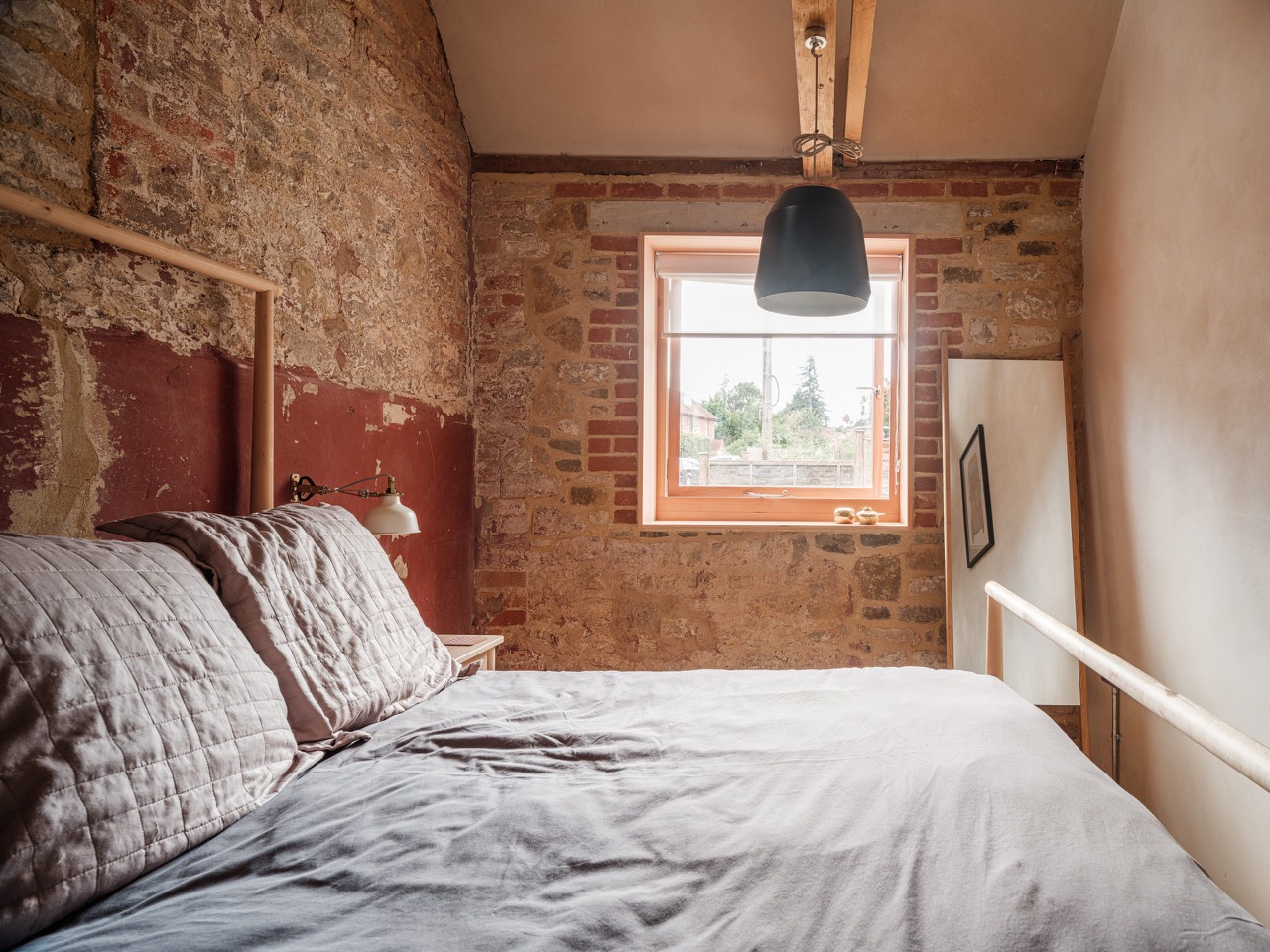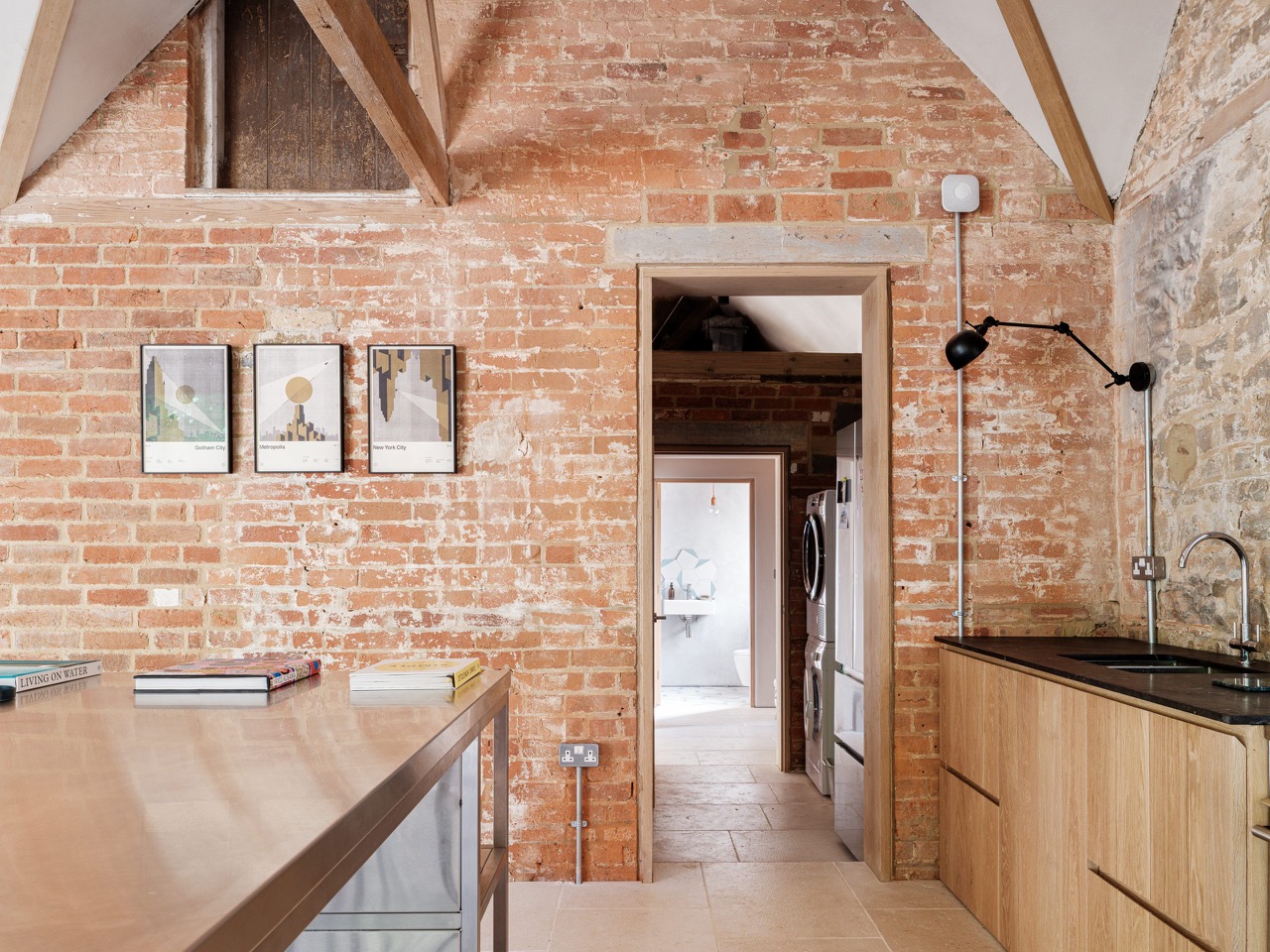ALCO BLOG
5 ways to renovate sustainably
Want to make your home more energy efficient? Here’s our 5 steps to a sustainable renovation project.
#1 Deconstruct rather than demolish
When facing a large renovation, you may believe that it could be easier to just knock the whole thing down and start again. However, this will result in a huge waste of materials and can be much more expensive than necessary.
“Speak with your architect and builders about your ideas and see what they can advise on reducing the environmental impact of the work,” Tom Allen, Alco Managing Director advises. “You can also discuss with your builder if the demolished materials can be reused or repurposed in any way.”
By saving any materials that would otherwise be destroyed, you can repurpose goods still fit for purpose. Saving working light fixtures, bricks, carpets and even tiles not only prevents unnecessary waste but saves money.

#2 Alternative flooring
Although this may seem like an easily forgotten part of your home renovation, eco-friendly flooring is growing in popularity as more renovators grow mindful of where flooring is sourced. In fact, Google searches for “eco friendly flooring” saw a 9900% increase in the past 12 months, reflecting a more eco-conscious mindset.
There are numerous options for an eco-friendly yet durable floor choice, reclaimed wooden boards have obvious eco-credentials and the added benefit of being pre-seasoned, so they won’t warp once they have been installed. Scaffold boards are robust and relatively easy to source, with a characterful patina that works well on floors as well as feature walls.
Another great alternative is bamboo. Bamboo grows much faster than wood and doesn’t require any pesticides or chemicals to aid its growth, making it more of a sustainable option. Bamboo is also durable and moisture resistant, so it is a great option for a bathroom floor.

#3 Energy-efficient appliances
If your renovation involves replacing major appliances, then consider investing in energy-efficient goods, as these will last longer and help you reduce your energy waste. When buying a major appliance, for example, a fridge or a washing machine, check their energy rating to determine how much energy they will produce.
The lower the ranking, the worse for the environment they will be, and this will result in your home’s carbon footprint increasing. Also, install smart devices, such as thermostats, to save energy. They adjust to your ideal temperature to make your home more comfortable. In addition, they can automatically turn off when you’re away, conserving energy. Besides the environmental benefits, energy-efficient devices can lower your monthly bills.

#4 Upgrade your home’s insulation
Attaching renewables to your home is pointless if it’s so poorly insulated that heat flows straight out. Insulation is essential for any eco-renovation, because as much as 40 per cent of a home’s heat loss is down to a lack of it.
Insulating loft or cavity walls is relatively simple. You can be do this with a range of materials, from sheep’s wool to expanding foam. Insulating either will cost from £250 and could save more than £150 a year in energy bills. Do be aware, though, that if you’re working with a heritage home, you will need to make sure you retain the breathability of the building fabric to avoid problems with damp.
#5 Go for double or triple glazing
Over 10 per cent of a home’s energy can be lost through the windows, so it’s essential that yours perform well.
Replacing single-glazed windows with double- or even triple-glazed versions will slow heat transfer. To reduce this further, consider a product filled with a low-conductivity gas, such as argon.
